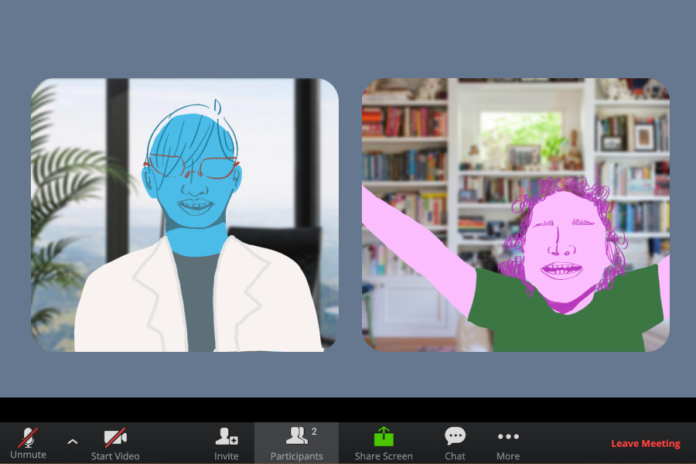Researchers’ TEDI protocol has promising results from both examiners and caregivers
By AARYA GUPTA — science@theaggie.org
In 2019, prior to the COVID-19 pandemic, researchers at the UC Davis MIND Institute began researching how infants with early social communication delays develop and how researchers can support families looking for resources related to their infants’ early development.
Developmental Psychologist and Assistant Professional Researcher in the Department of Psychiatry and Behavioral Sciences Megan Talbott said via email that it can be difficult for families to participate in research, especially at university-based laboratories.
As a result, researchers at UC Davis turned to telehealth to reach out to more families, who could participate in the project from the comfort of their own homes.
Telehealth is defined as “the mode of delivering health care services and public health via information and communication technologies,” according to the California Department of Health Services.
Talbott said that parents are often told to ‘wait and see,’ when they raise concerns about their infant’s social communication development.
“We know there can be years between when parents first identify developmental differences in their children and when they receive the formal diagnoses needed to access autism-specific services,” Talbott said via email.
These are not the only barriers parents face, Talbott said. Families can experience lengthy waitlists for diagnostic evaluations and services, and there may even be geographic barriers to access these specialized services.
Program Director of the Intellectual and Developmental Disabilities Branch at the Eunice Kennedy Shriver National Institute of Child Health and Human Development Alice Kau also shed light on the benefits of closing this gap.
“Early screening and intervention can likely improve long-term outcomes for people with intellectual and developmental disabilities, including autism spectrum disorders,” Kau said via email.
After reading an article published by UC Davis Health regarding the study, third-year neurobiology, physiology and behavior student An Pham was also intrigued by the interplay between telehealth evaluation and access to care.
“I think that telehealth screenings seem like both an efficient and time-saving solution to diagnosing autism earlier,” Pham said. “Even though telehealth approaches are still under study, I think they have a bright future in tackling medical barriers and diagnostic delays.”
This telehealth-based approach is called Telehealth Evaluation of Development for Infants, or TEDI. According to the paper published in Autism, TEDI uses “a parent-coaching model to engage parents and infants in a specific set of semi-structured parent-child interactions.”
“Our hope is that the kind of telehealth-based approach we’ve used in this study could help to more closely monitor infants’ development, give families some feedback and support […] and help to identify infants most in need of further evaluations,” Talbott said via email.
According to Talbott, her team had a participant pool consisting of 41 infants between six to 12 months of age to evaluate the initial feasibility of their telehealth protocol for assessing infants with early social communication challenges.
“We asked families to complete questionnaires about their infants’ development and to complete one or two live telehealth sessions with a study examiner,” Talbott said via email. “Examiners coached parents through specific play activities like peekaboo, bubbles, reading a book […] and natural play so they could observe infants’ development across a variety of areas like language, imitation […] and play.”
Researchers were able to conclude that examiners, who saw infants on different days, evaluated infants similarly: Infants demonstrating clear social communication challenges had an elevated likelihood for autism spectrum disorder. On the other side, parents “found [the researchers] methods acceptable and rated them very highly in terms of their usefulness, easy of use […] and satisfaction,” Talbott said via email.
Talbott said that researchers are continuing to follow participants into toddlerhood to get better insight as to how these evaluations play out in later years.
“This study is a first step in developing a robust and validated approach for studying infants’ social communication development via telehealth,” Talbott said via email. “We hope that by demonstrating the strengths of this approach, we can involve more families in research and develop evaluations and other supports that better meet their needs.”
Written by: Aarya Gupta — science@theaggie.org




